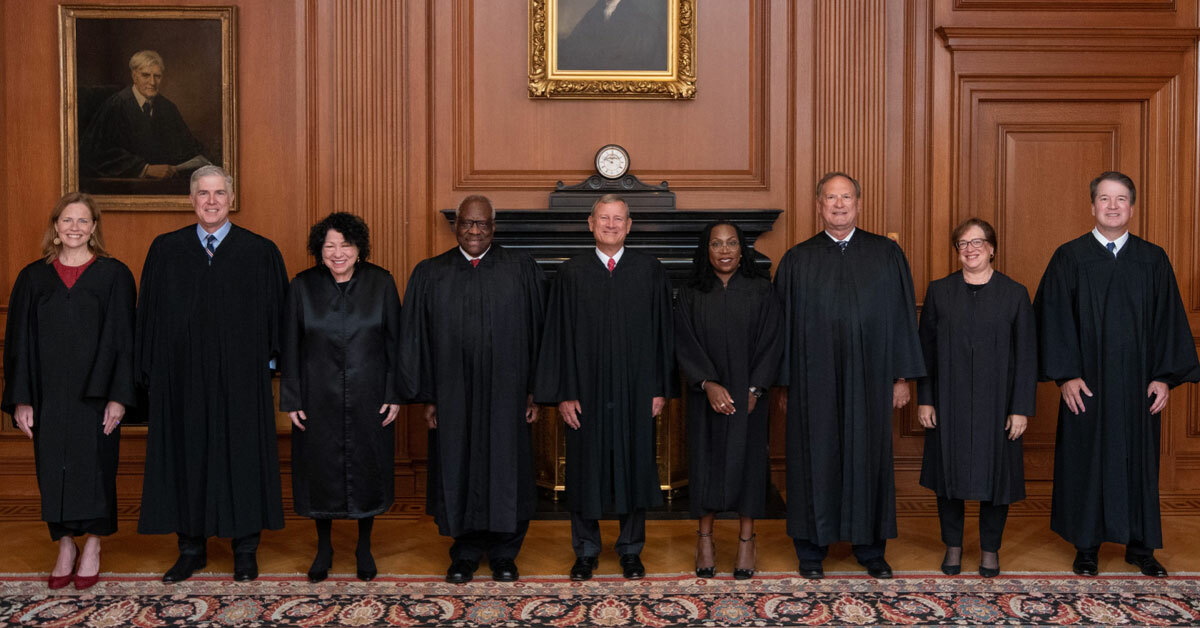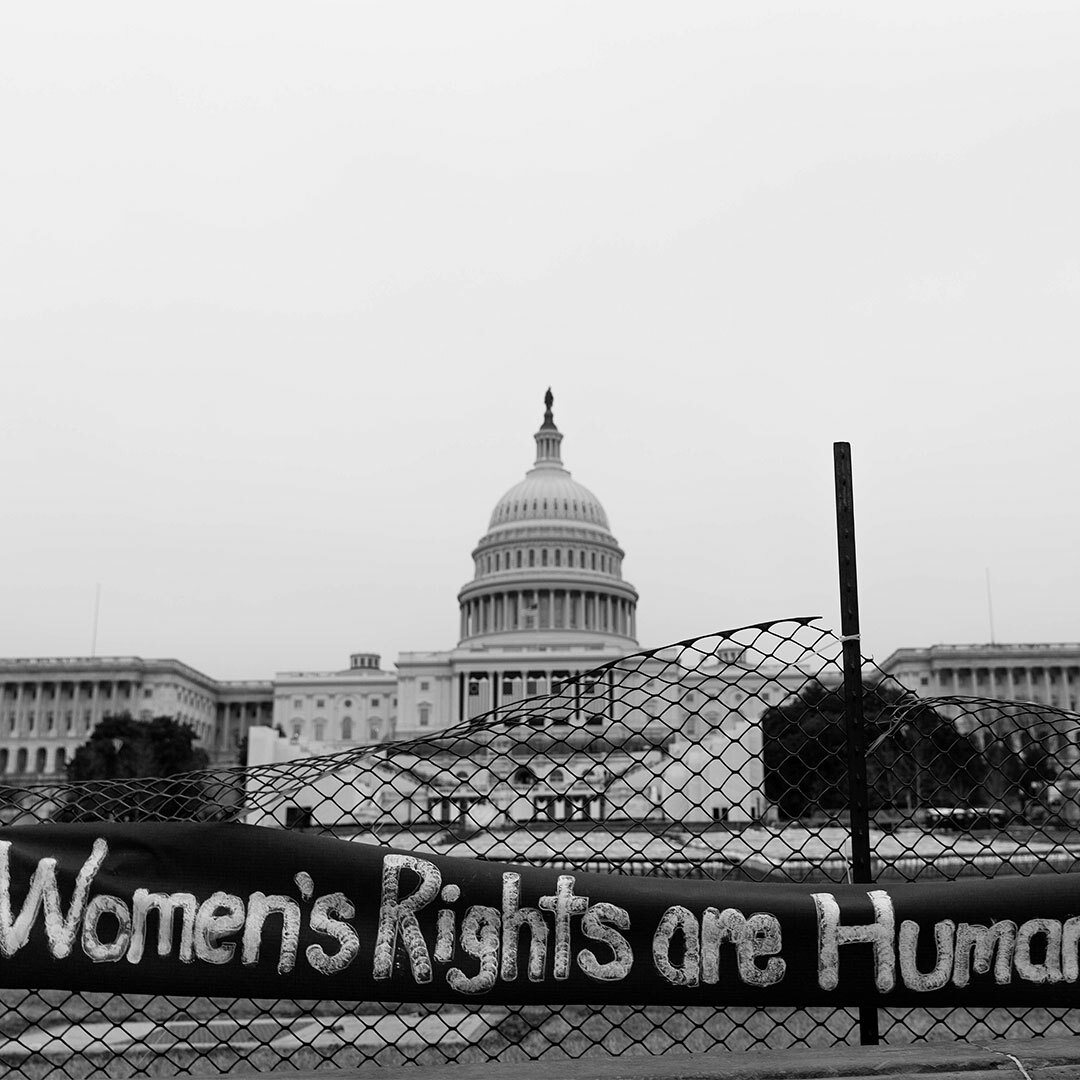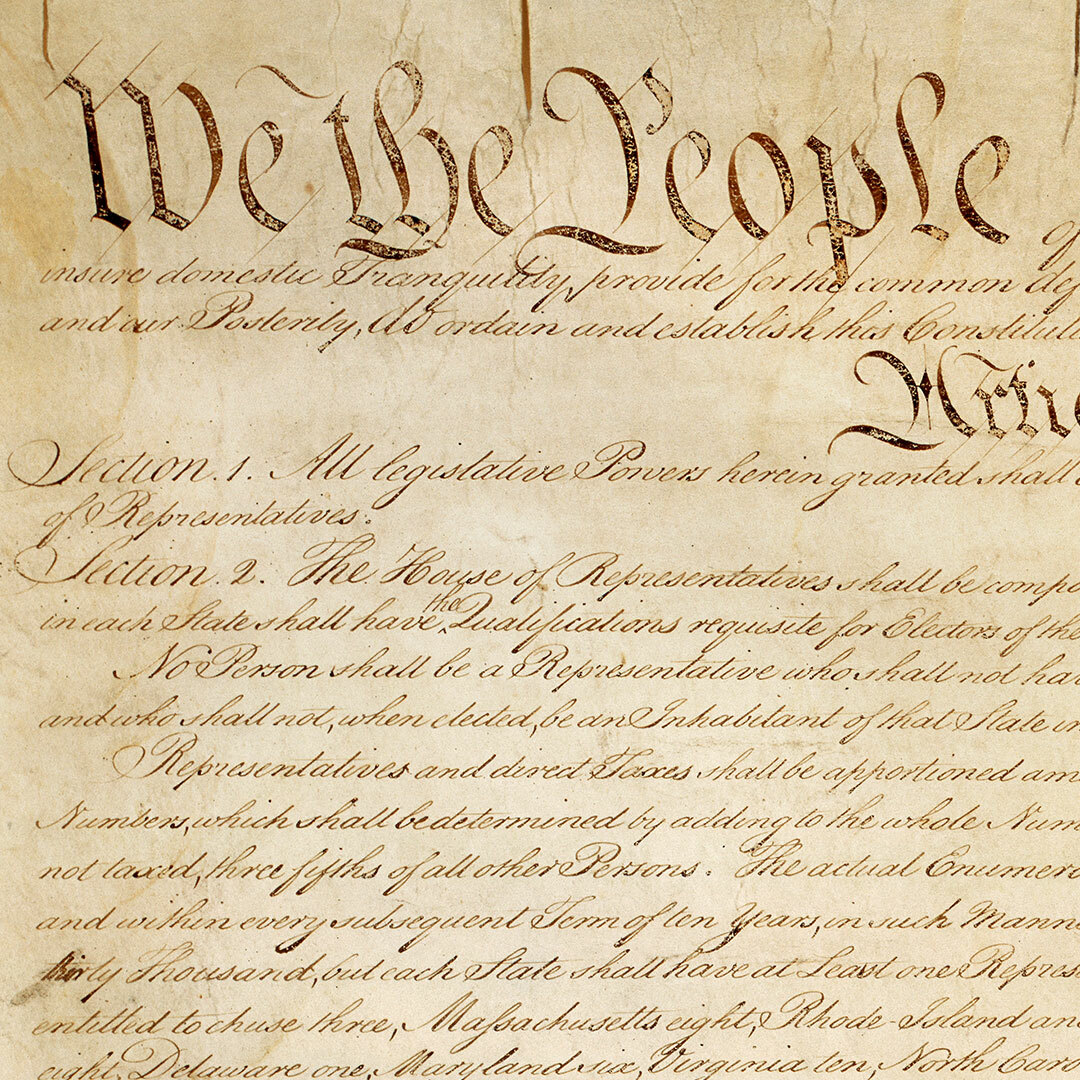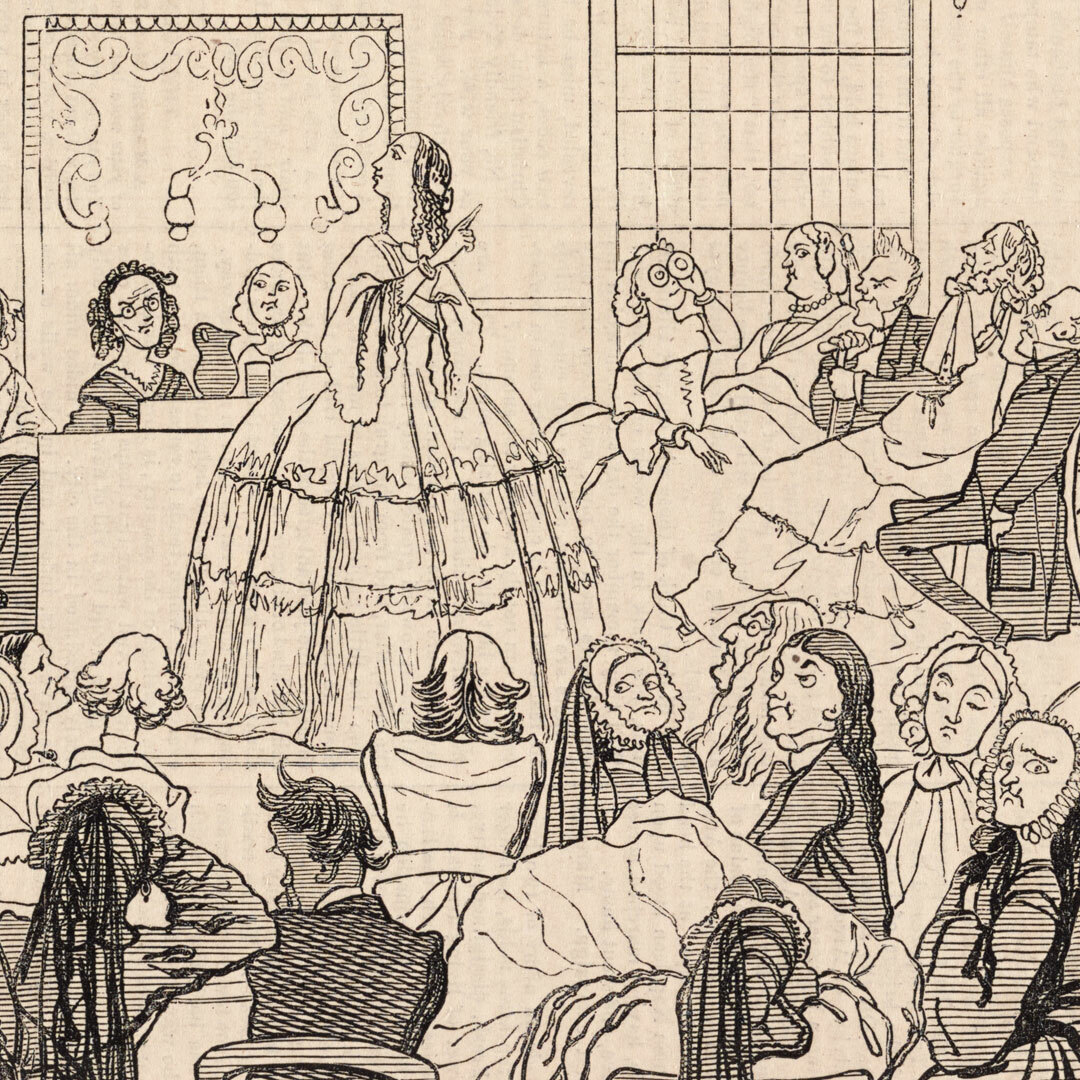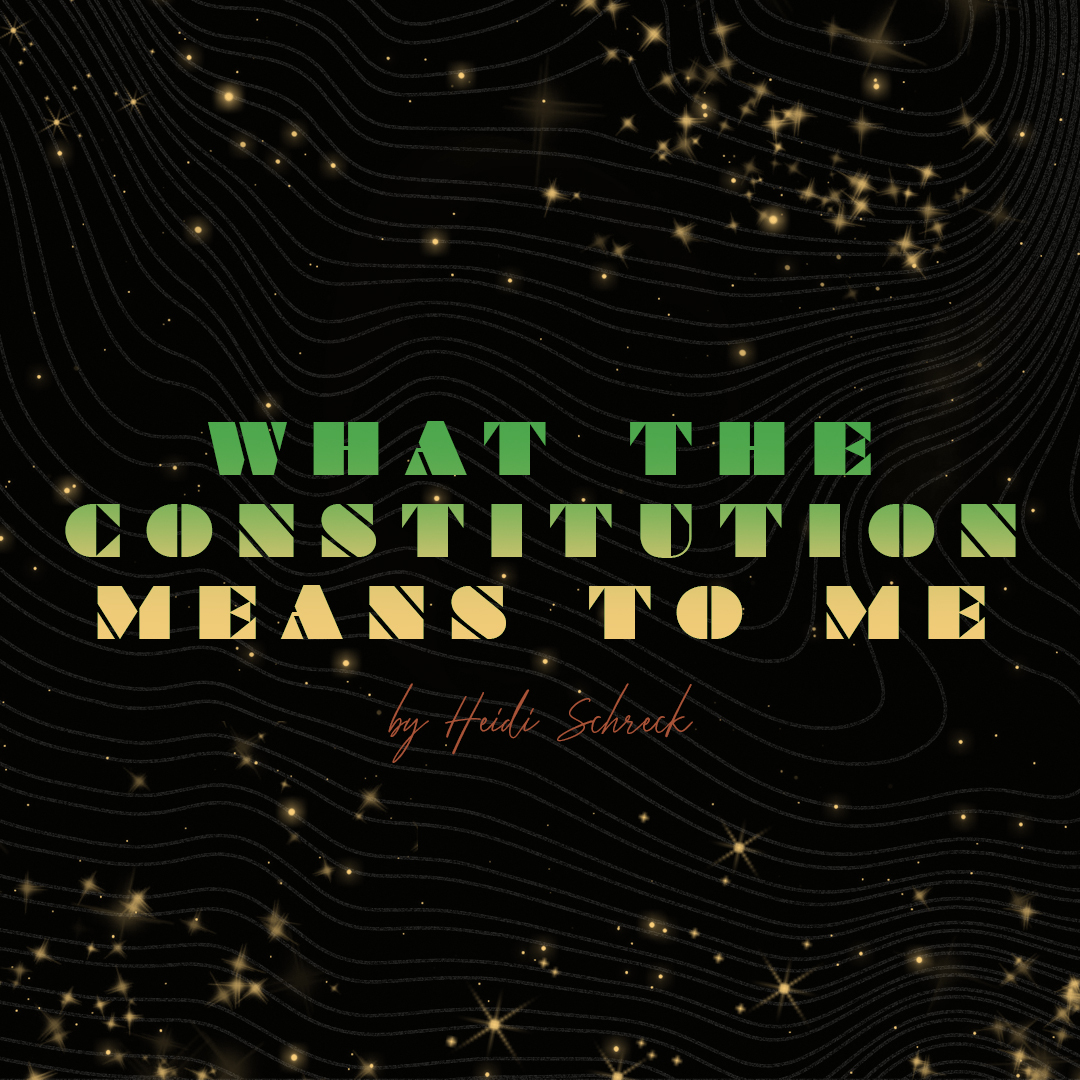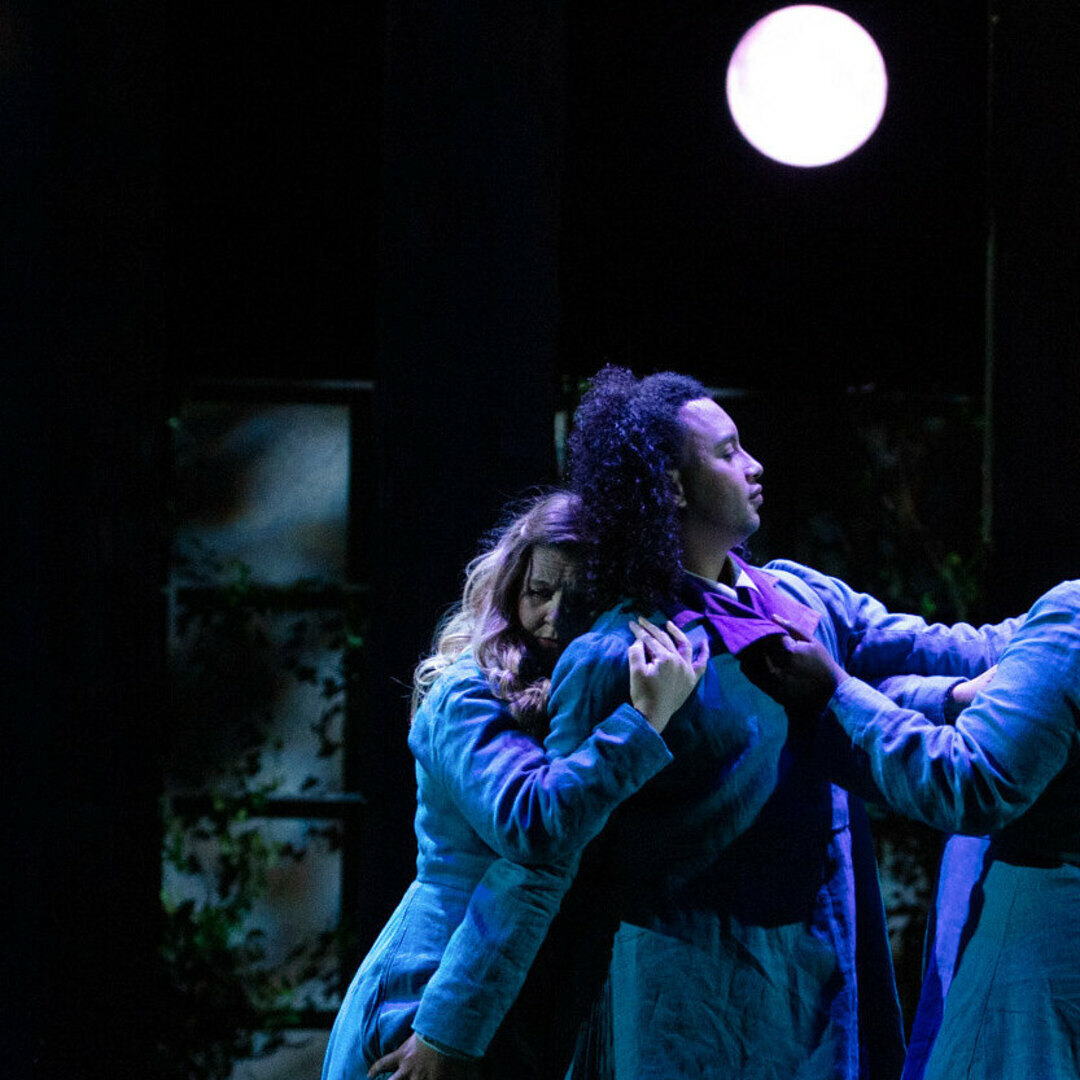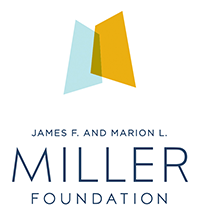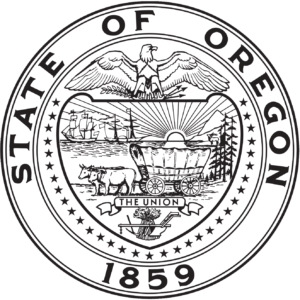The Supreme Court
Article III
The Supreme Court is created by Article III, Section 1 of the Constitution, which outlines the “Inherent Powers of Federal Courts.” It reads:
The judicial Power of the United States, shall be vested in one supreme Court, and in such inferior Courts as the Congress may from time to time ordain and establish. The Judges, both of the supreme and inferior Courts, shall hold their Offices during good Behaviour, and shall, at stated Times, receive for their Services, a Compensation, which shall not be diminished during their Continuance in Office.
From the Constitution Annotated on congress.gov:
In the 1812 case United States v. Hudson, the Court described inherent judicial powers as “certain implied powers [that] must necessarily result to our Courts of justice from the nature of their institution . . . which cannot be dispensed with in a Court, because they are necessary to the exercise of all others. These powers are not expressly enumerated in the Constitution, nor are they “immediately derived from statute.”
Role of the Supreme Court
According to uscourts.gov the role of the Supreme Court is:
First, as the highest court in the land, it is the court of last resort for those looking for justice. Second, due to its power of judicial review, it plays an essential role in ensuring that each branch of government recognizes the limits of its own power. Third, it protects civil rights and liberties by striking down laws that violate the Constitution. Finally, it sets appropriate limits on democratic government by ensuring that popular majorities cannot pass laws that harm and/or take undue advantage of unpopular minorities. In essence, it serves to ensure that the changing views of a majority do not undermine the fundamental values common to all Americans, i.e., freedom of speech, freedom of religion, and due process of law.
Becoming a Supreme Court Justice
Supreme Court Justices are nominated by the President for a lifetime appointment. There are no specific qualifications one needs to become a justice but all but of the justices in history have attended law school. The steps of the appointment process are as follows:
- The President nominates a candidate to the Supreme Court.
- The nomination is sent to the Senate Judiciary Committee Opens a new window for consideration.
- The Committee collects records about the nominee from the FBI and other sources to prepare for the hearing. This process usually takes about a month.
- The Senate Judiciary Committee then holds a hearing on the nominee, during which witnesses, supporting and opposing, present their views, and Senators question the nominee on their qualifications, judgements, and philosophy.
- The Judiciary Committee votes on the nomination, sending its recommendation to the full Senate. This recommendation will either be that the nominee should be confirmed or rejected. Alternatively, no recommendation may be given.
- The full Senate debates the nomination. Debate can be blocked or halted by a vote of 51 (of 100) Senators. This is commonly known as “the nuclear option.”
- The full Senate votes on the nomination once debate has ended or has been stopped. A simple majority of Senators present and voting is required for a confirmation. If there is a tie, the Vice President casts the deciding vote.
Checks & Balances
The Framers included certain powers for each of the branches of government so that they could act as a restriction to the sovereignty of any of the other branches.
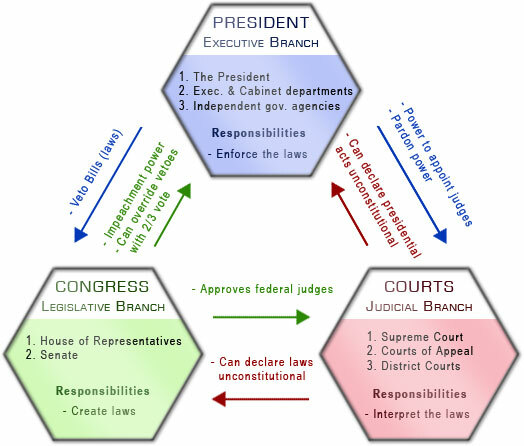
Image Source, CC BY-SA 3.0, via Wikimedia Commons
The powers the Judicial Branch has over the other branches are:
- On the Legislative branch:
- Judicial Review
- Compensation is not allowed to decrease
- Judicial seats are held on good behavior
- On the Executive branch:
- Judicial Review
- During impeachment trials, the Chief Justice is President of the Senate
The powers the other branches hold over the Judicial Branch are:
- Executive Branch
- The President can appoint justices
- The President has pardon power
- Legislative Branch
- Senate approves justices
- The House can impeach justices
- The Senate tries impeached justices
- Congress can create amendments
- Congress can set jurisdiction for courts
- Congress can alter the size of the Supreme Court
Current Supreme Court
Portland Center Stage is committed to identifying & interrupting instances of racism & all forms of oppression, through the principles of inclusion, diversity, equity, & accessibility (IDEA).


